Certainly, digital transformation is the hot topic in the business world but nevertheless, a majority of the companies are still carrying their outdated systems, one way or another, along with them. The clients nowadays effortlessly change from phone to laptop, tablet, kiosk, and sometimes even voice assistants. Their main requirement is that all the devices should be connected and function without interruptions. But inside most enterprises, that’s far from the truth.
The problem starts with traditional CMS platforms. They bundle content and design into one heavy system. Every time you change something, it breaks something else. Teams wait, releases stall, and innovation slows down. It’s frustrating to build anything fast when your tools keep holding you back.
The headless CMS model is becoming increasingly popular. It inherently divides content and presentation so that both can develop independently and at their own pace. Developers build freely. Marketers publish faster. It’s not a fancy upgrade, it’s a practical fix for companies that want to stay relevant in a world moving at full speed.
Deconstructing the Digital Stack and What Headless Truly Means
Let’s strip this down. A headless CMS isn’t another buzzword thrown around in tech meetings. It’s a practical way of running your digital content without the constant tug-of-war between backend and frontend teams. In simple terms, it separates content storage from design and delivery. The backend becomes a clean content repository that exposes data through APIs like REST or GraphQL, while developers build any kind of interface they want on top of it.
Now, compare that to a traditional or ‘coupled’ CMS where content and presentation are locked together. Every new platform or screen means rewriting or reformatting the same content. That’s not agility, that’s chaos. A headless setup breaks that chain. It lets teams publish once and distribute anywhere without friction.
Adobe sums it up neatly on its Experience Manager page, saying developers and business users have the freedom to create and deliver content using headless or headful models right out of the box. That freedom is the real deal. It is the factor that enables brands to be flexible, quick, and present in any place where their audience is. The Content Delivery API is the core of this whole operation, and it is silently distributing uniform, content that is ready for serving, to all the important digital surfaces.
The Foundation of Authority in Decoupling Content and Presentation
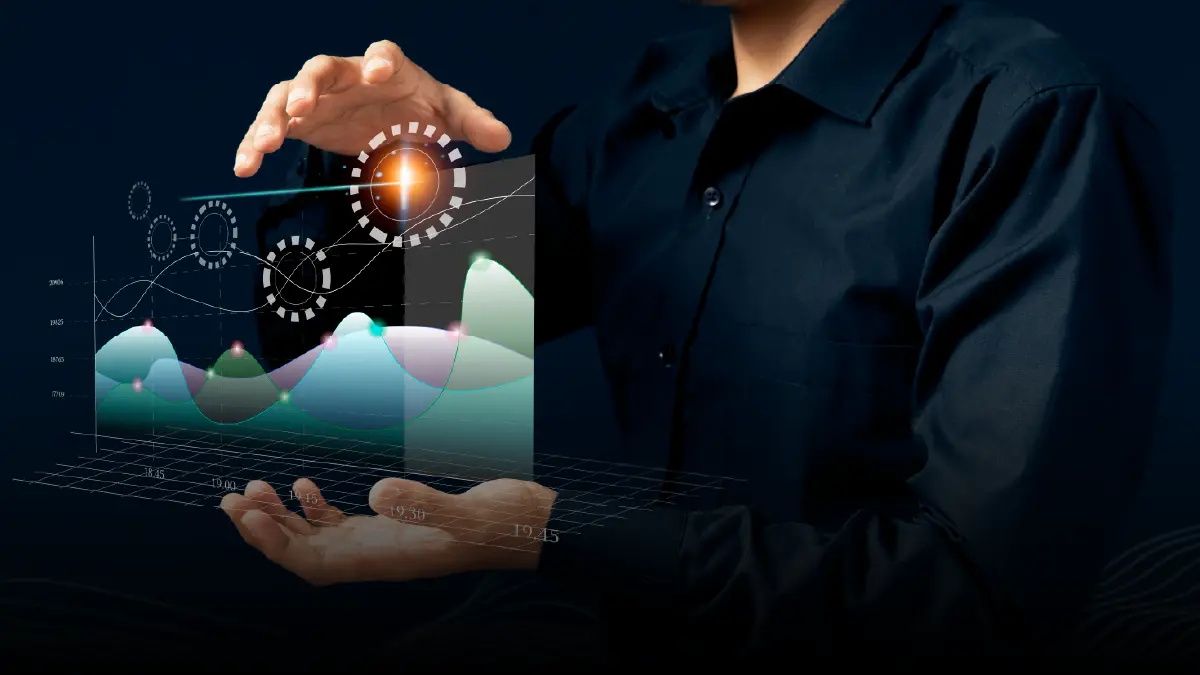
Here’s where the magic really happens. When you decouple content from its presentation layer, you give your teams breathing room to build freely. Developers are no longer stuck inside a rigid template system. They can pick whatever frontend framework fits best, like React, Vue, Angular, or Swift, and still pull content from the same source. That is modular architecture in action. It means one core content engine can feed dozens of digital experiences without rewriting a single word.
This shift also forces a mindset change. The old way was page centric, where designers built for one screen, one layout, one audience. But in a world of apps, wearables, and voice interfaces, that model collapses fast. A pushes brands to become content centric. You plan once, structure your content properly, and reuse it across every channel. It is cleaner, faster, and far easier to scale.
Also Read: Top Emerging MarTech Companies to Watch in 2026: Driving the Future of AI-Powered Marketing
Adobe’s Experience League documentation proves this out with its Headless Content Delivery using Content Fragments with GraphQL. Each content fragment becomes an independent module that can be queried and assembled dynamically for any experience. That is not theory, it is architecture built for agility.
The real authority here is not in flashy design, it is in how efficiently your system can move content wherever it needs to go. That is what separates a modern digital experience team from a legacy one. Flexibility is no longer a perk, it is the new baseline for staying relevant.
Agility and Speed as the Real Game Changers
In this market, slow kills. Every single brand is talking about innovation; however, agility and speed are the factors that determine who will be left behind. A headless CMS completely transforms the traditional workflow. Rather than designers waiting to finish their work or developers waiting to finish their sprint, both can work simultaneously. Content teams write. Developers build. Releases stop crawling and start sprinting. That overlap cuts release cycles and helps brands show up where their audience already moved.
The real power shows up in how it plugs into modern DevOps. Since content travels through API endpoints, it slides cleanly into CI/CD pipelines. Updates go live faster, experiments do not break the system, and teams can roll back without sweating bullets. When you remove the friction, deployment becomes rhythm, not chaos.
And here is the human side most people forget. Editors finally get a clean workspace. No clunky layouts. No rigid page builders. Just content creation that is smooth, distraction-free, and in sync with every channel. Marketing gets back its speed, and creativity finally stops waiting on tech support.
Adobe nails this idea on its AEM Sites page, where it talks about boosting discoverability, traffic, and conversion while improving Core Web Vitals and Google Lighthouse scores. That is not marketing fluff, it is measurable performance.
At the end of it, agility and speed are not perks. They are the foundation of competitiveness. The faster you ship; the sooner you learn. The sooner you learn, the harder you are to catch.
Scaling Without Limits and Managing True Omnichannel Complexity
Growth sounds exciting until your content pipeline starts choking on it. The real challenge isn’t pushing content everywhere, it’s doing it without breaking speed, security, or structure. A headless CMS solves that by separating content delivery from page rendering. Instead of pushing full HTML pages, it serves lightweight data through APIs. That small architectural shift cuts server load, simplifies caching, and keeps performance consistent across channels. Whether the content ends up on a website, an app, or a digital billboard, the experience stays fast and stable.
Security is another major win. When the content backend stays locked behind APIs, it is no longer exposed to the same vulnerabilities as a traditional CMS. The public-facing layer becomes lean and isolated, which reduces the attack surface dramatically. Even during high-traffic surges, the system holds steady because the backend and frontend operate independently.
Then comes the real magic: integration. A headless CMS doesn’t live in isolation; it becomes the brain inside a modern microservices architecture. Each service handles its specialty like analytics, commerce, or personalization, and the CMS feeds them all clean, structured content through APIs. That is how scalability stops being a headache and turns into a natural extension of growth.
AWS captures this perfectly when it says you can create personalized content and deliver it across various channels such as email campaigns, social media, and websites. That single statement sums up the heart of omnichannel efficiency.
And with the W3C’s latest update, WCAG 2.2 now recognized as ISO/IEC 40500:2025, accessibility has become a global standard, not an afterthought. Scalability now means performance, protection, and inclusion working together. That’s the real definition of digital strength.
Future-Proofing the Enterprise for Innovation and ROI
Staying ahead in digital isn’t about adding new channels, it’s about preparing for the ones that don’t exist yet. A headless CMS gives enterprises that edge by making content truly portable. When the backend is decoupled, your data can flow anywhere, from smartwatches and voice assistants to AR and VR interfaces. You’re not rebuilding for every new platform; you’re simply connecting another endpoint. That’s how future readiness stops being a buzzword and becomes an operational advantage.
The real payoff comes when structured content meets AI. A headless CMS stores clean, organized data that can be easily fed into machine learning and personalization engines. It allows brands to build experiences that adjust in real time, recommending, responding, and even predicting user needs. The return isn’t just in performance metrics, it’s in staying relevant in a world where attention is the rarest commodity.
Implementation Experience and Governance
Building a headless CMS ecosystem isn’t just a tech shift, it’s an organizational one. Enterprises need fresh governance models where IT and marketing teams finally move in sync.
When both sides share ownership of the content flow, releases become smoother and accountability clearer. But alignment alone won’t cut it. The right implementation demands strategic tool selection and expert consultation.
Finding a tool, the scales with your aims and is within the capabilities of your team can be thought of as half the struggle. The remaining requires disciplined effort and continuous iteration. That’s how a headless strategy turns from a project into a long-term digital advantage.
The Content-First Future

The complete headless transition is not about acquiring new technologies, but about transforming the way people work in the teams. Once you decouple the content from its appearance, you cease to recreate the same thing for the various channels. You start creating once and delivering everywhere. That’s real freedom.
The companies that get this right aren’t just keeping up, they’re quietly pulling ahead. They move faster, adapt quicker, and never start from scratch. Headless CMS is not just a tech upgrade but rather a business decision. Additionally, in times when an omnichannel approach is adopted and the integration of all systems is a must, there is no more choice but to decouple. It’s survival.
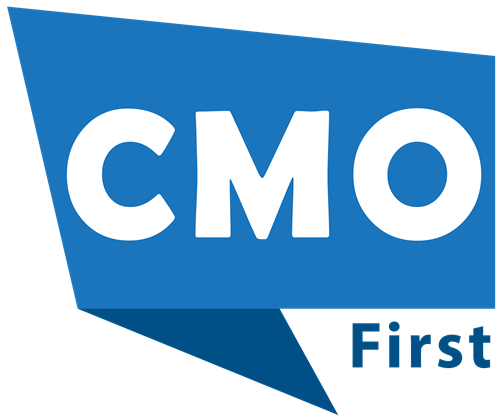










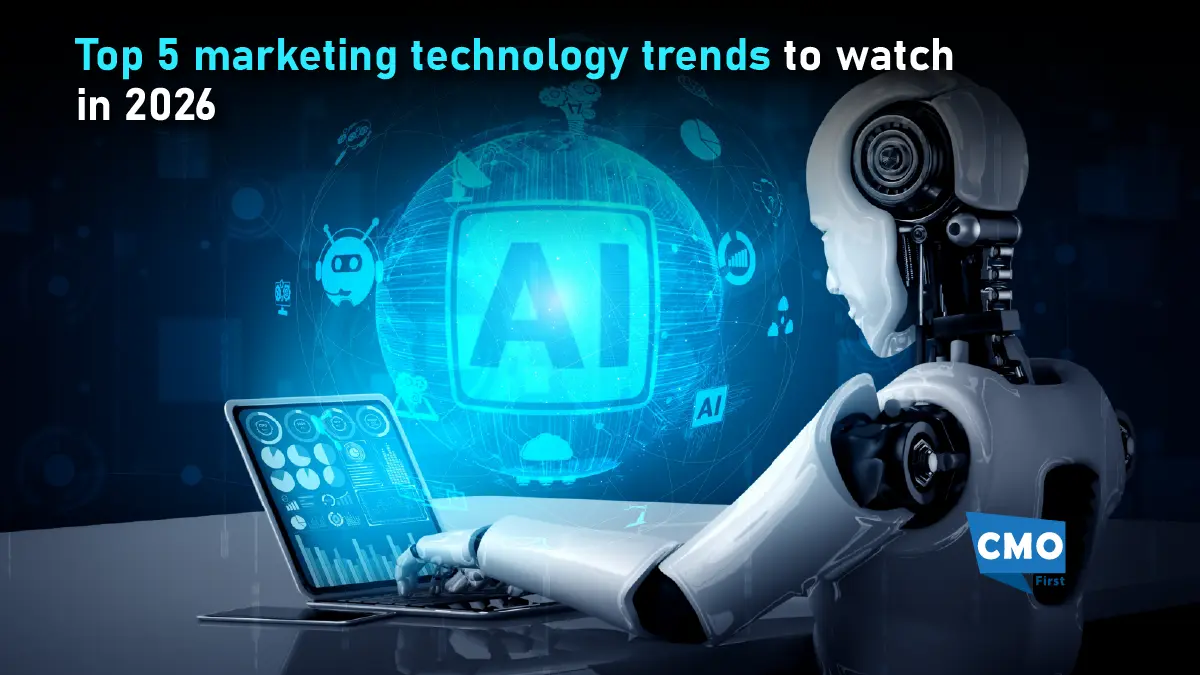
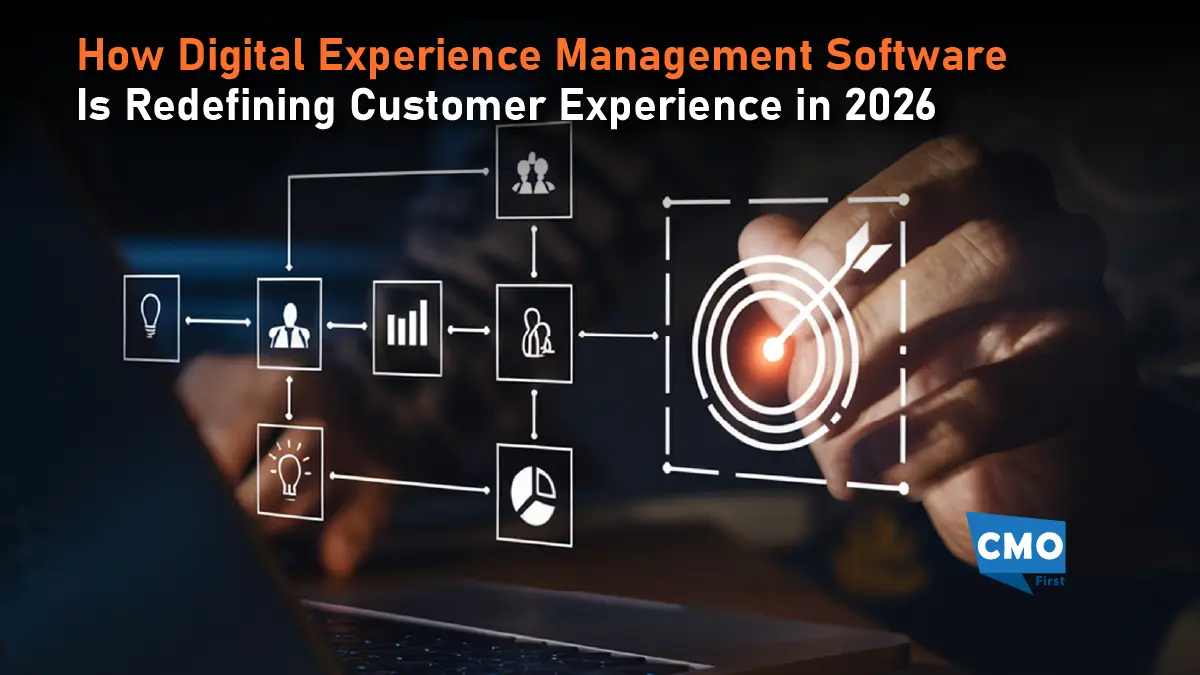
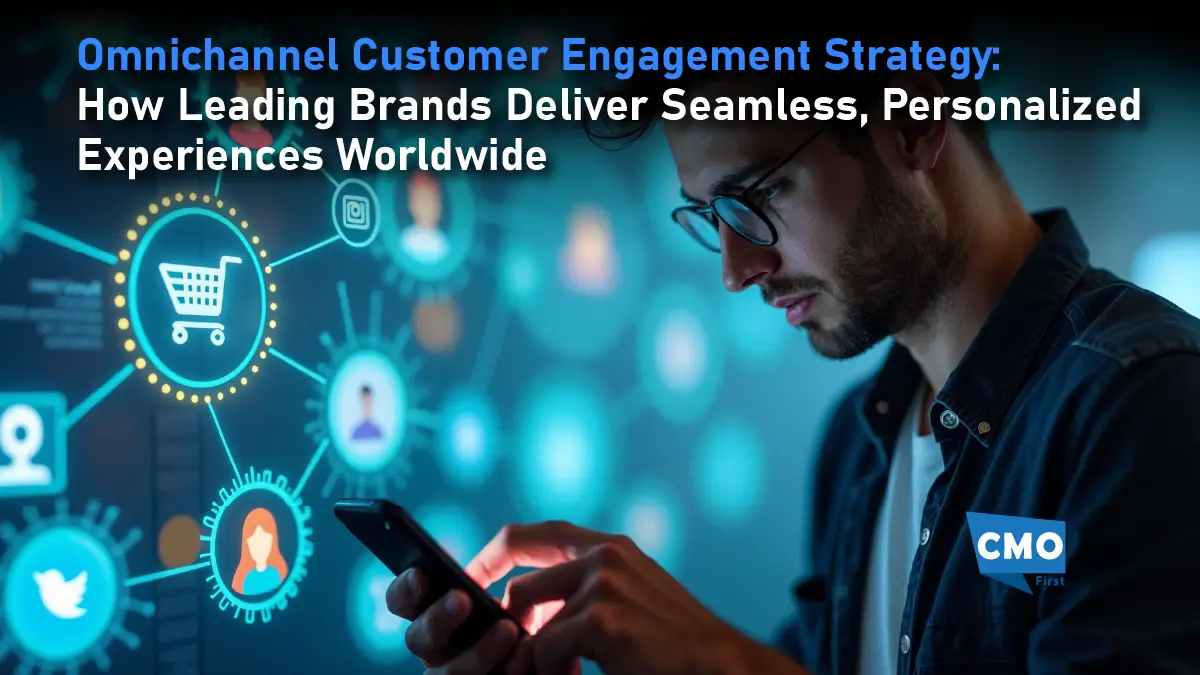
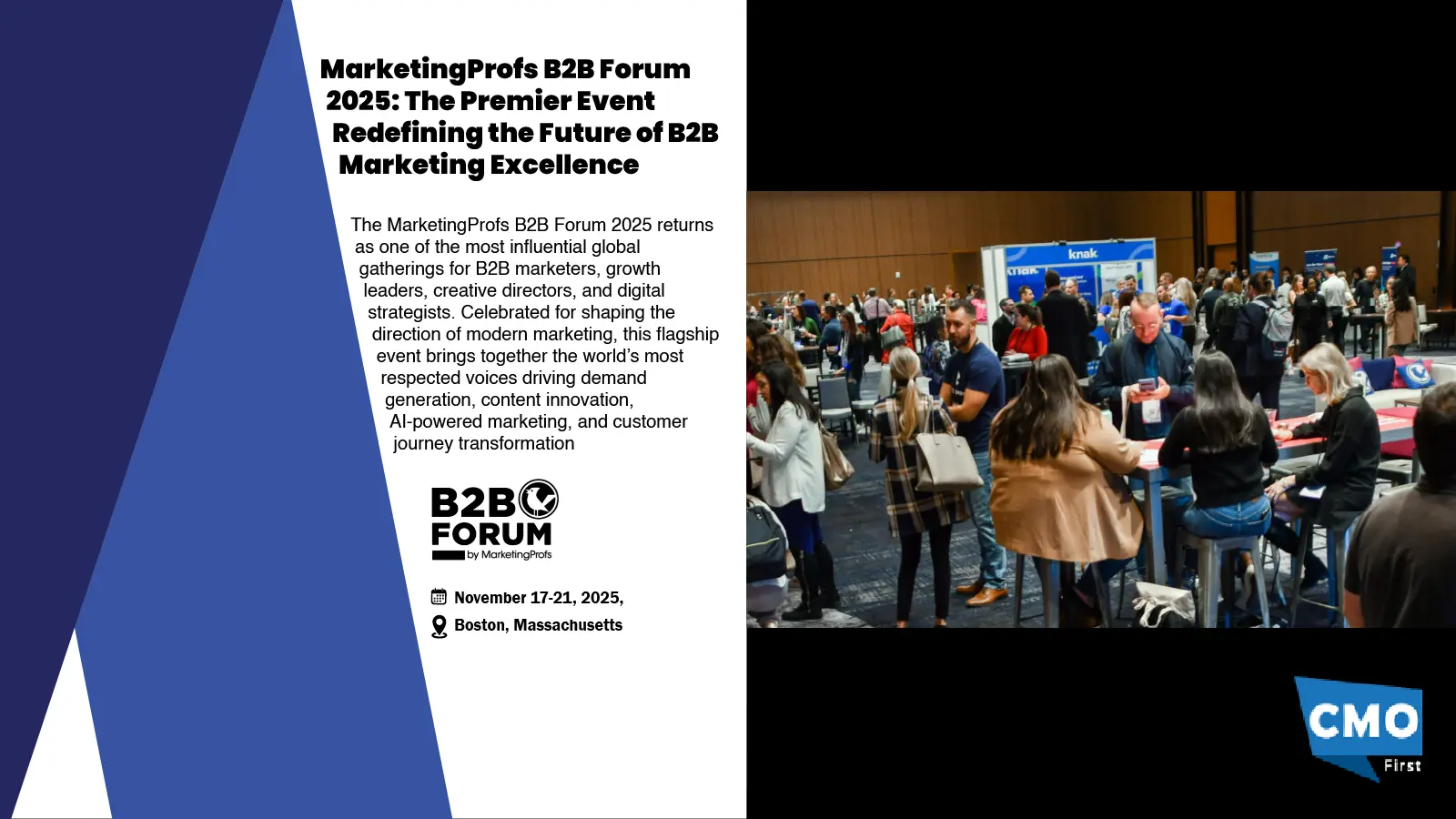
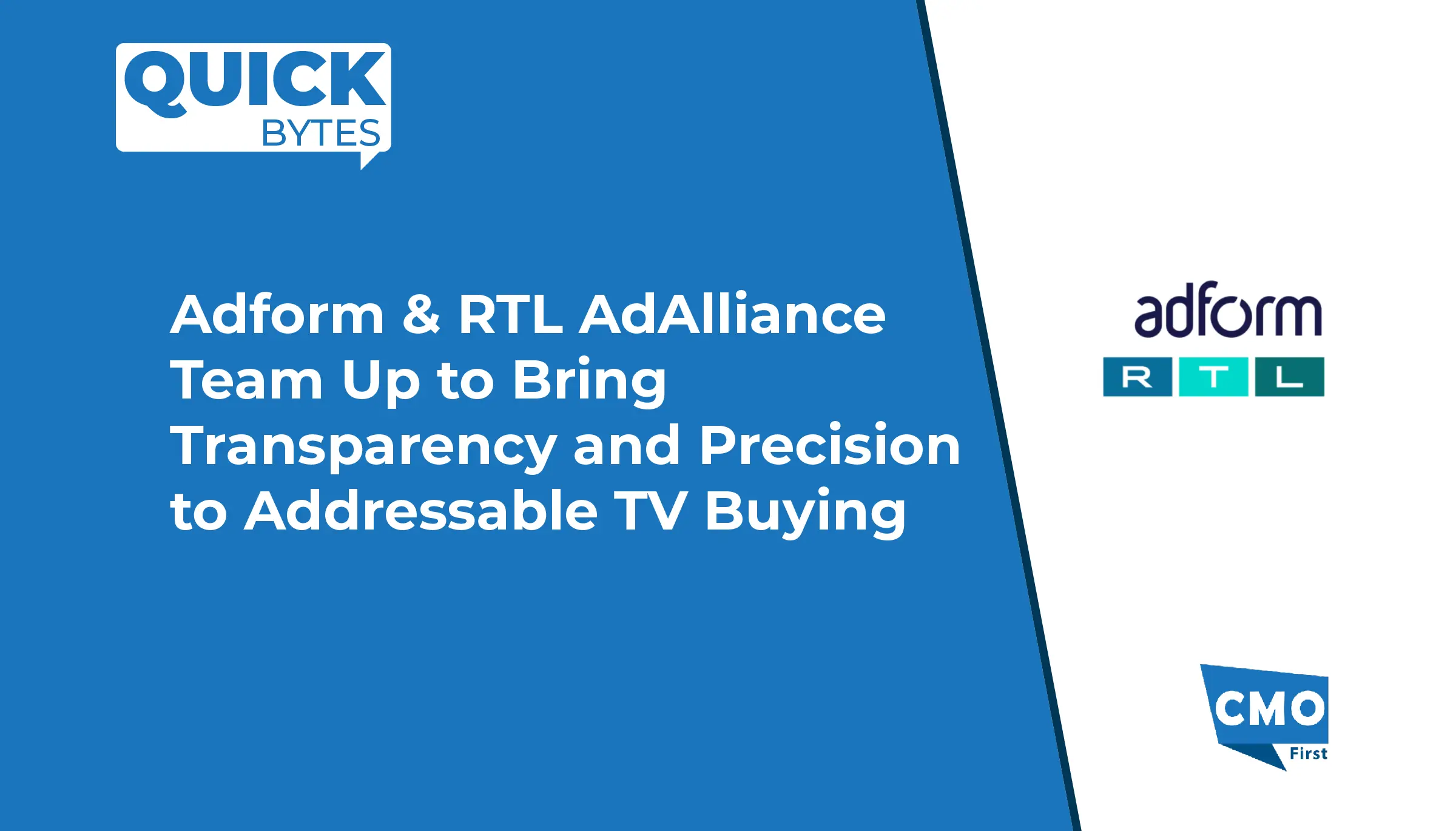
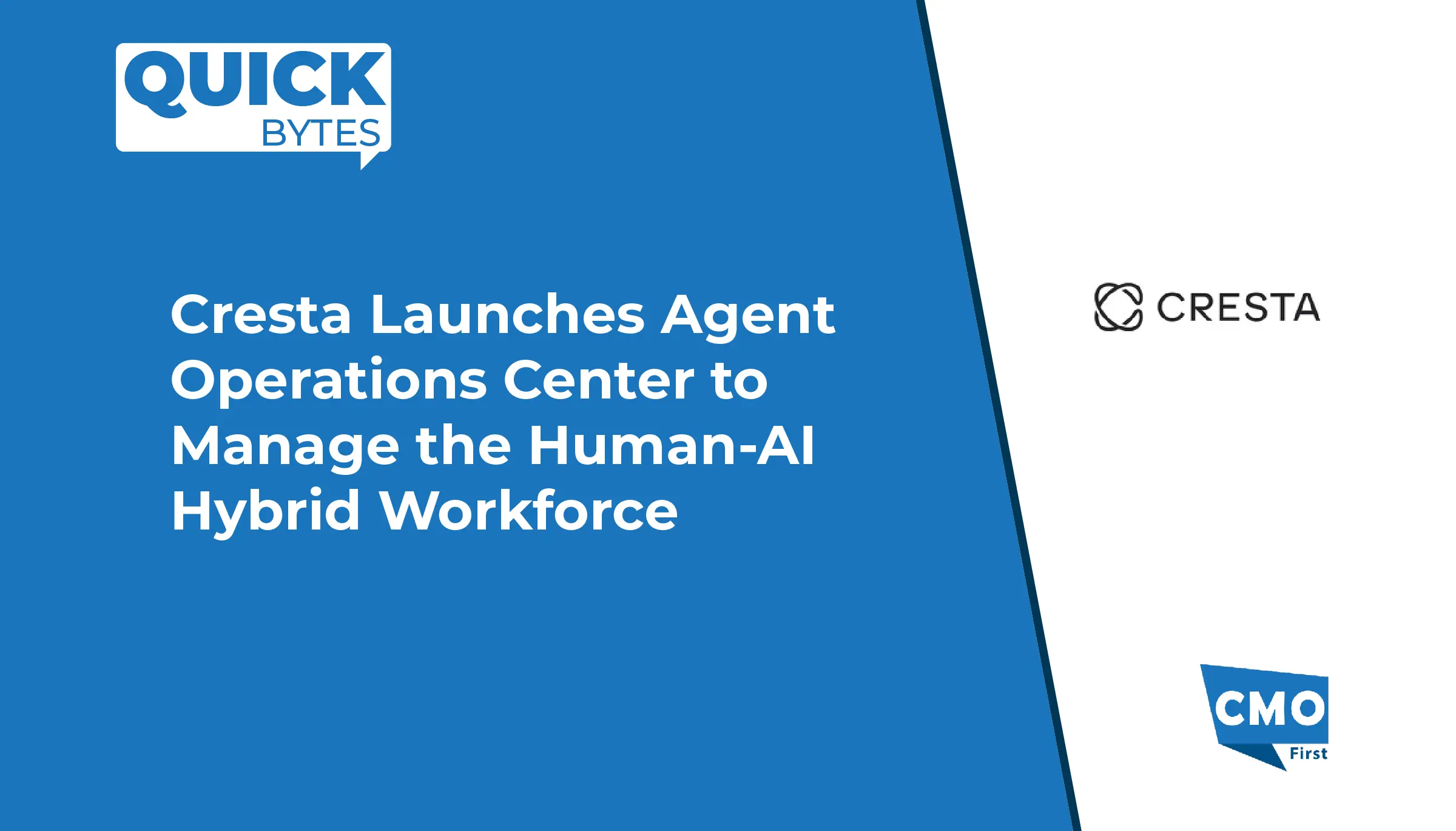
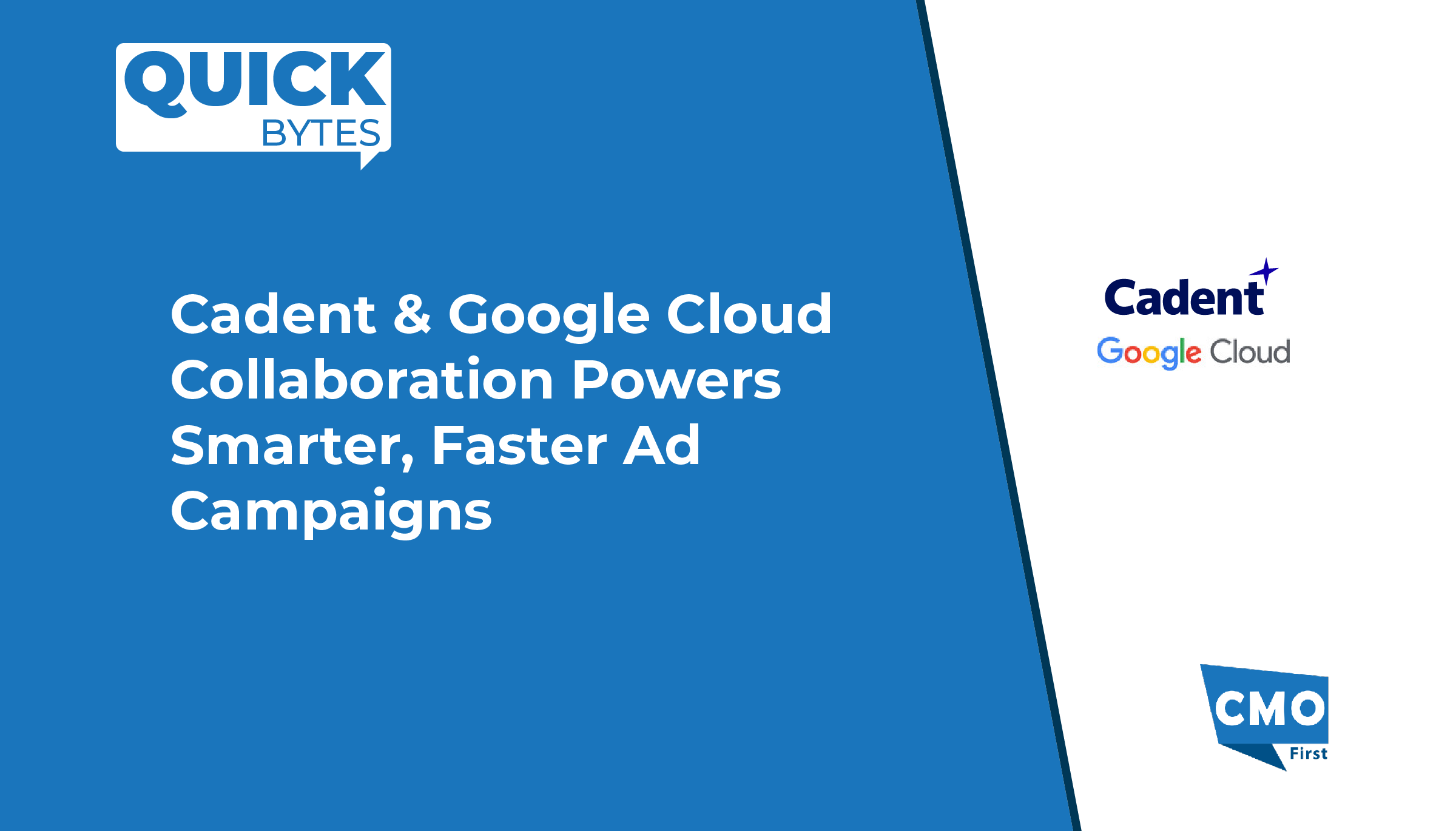
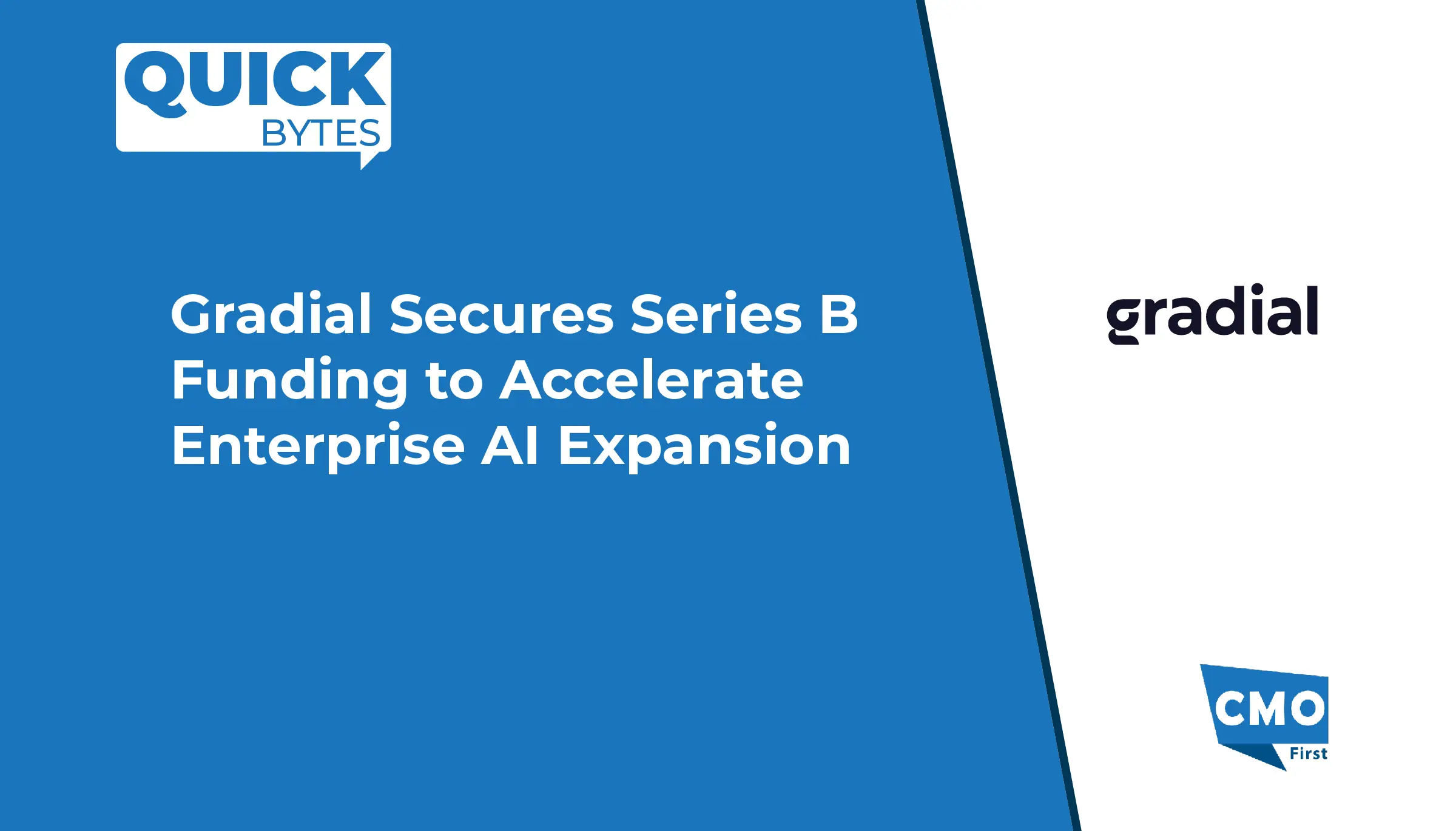



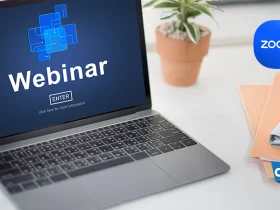
Leave a Reply